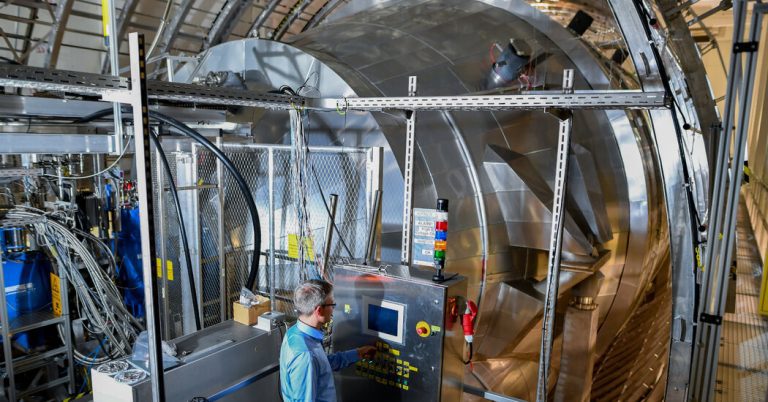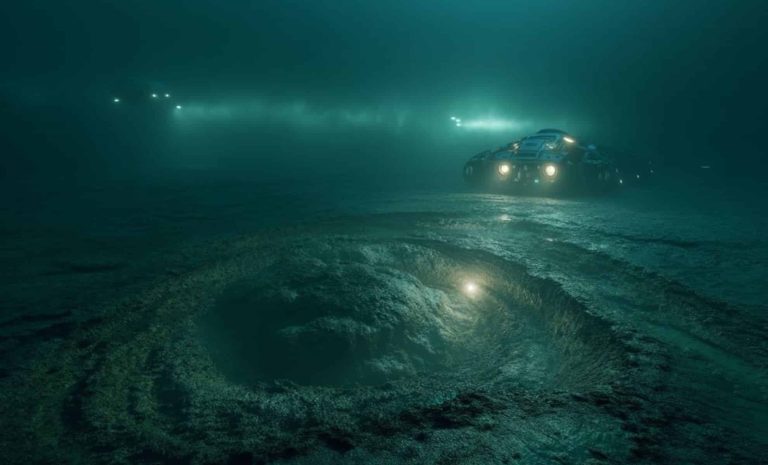For the first time, the researchers turned the light into “” super liquid ” – a strange case of solid and liquid material at the same time.
Although scientists have made superior analyzes of atoms before, this is the first case of lighting light sciences.
But what exactly is Supersolid, and why this new development is very exciting? Here’s everything you need to know.
What is Supersolid?
The strange submarine Article condition Select it Quantum mechanics Where particles are condensed in organized crystalline solid, but also move like a liquid that does not have a viscosity. (The viscosity refers to the internal friction of the material, and governs its flow smoothly). Usually, solid materials do not move on their own, but ambiguity changes the direction and density depending on particle reactions while maintaining an organized poetic structure.
Why is the very cold protrusion?
High temperatures require very low temperatures – it is usually very close to Absolute (Minus 459.67 degrees Fahrenheit, or minus 273.15 ° C). Most molecules should occupy the lowest energy available, and the heat makes the particles jump up and down like young children exciting in the ball hole.
If the material is sufficiently cold, the temperature no longer obscures how the molecules interact with each other. Instead, the small effects of quantum mechanics become the distinctive factors in how the material is behaved.
Imagine that young children went home and the ball hole settled in a quiet condition. Now we can study in peace how individual components interact from the ball hole together to determine their properties.
Related to: 32 physics experiences that changed the world
How can the fluid be a wife?
The viscosity is a measure of the ease of changing the liquid. The upper viscosity liquid tends to stick to himself and thus, resist movement, such as how the drink moves more slowly when poured from a container compared to how water flows of the tap. All fluids, with the exception of superior and super solutions, have a degree of viscosity.
The best known example of liquid without a viscosity is that helium is cooled to temperatures within a few degrees of absolute scratch. The molecules are still completely in the absolute zero. – They fluctuate a little because of The principle of uncertainty. In the case of helium -4, it fluctuates around a lot -enough to make it impossible on a helium 4 sample to become solid in absolute scratch, unless there are about 25 air -to -pressure pressure to compress the particles together.
Helium -4 fluctuation in absolute scratch and other quantum phenomena that cause some radical changes in how the liquid works. It stops friction (and therefore, has no viscosity) and can quickly get out of the containers, among other things.
How can we shed light in solid?
It was Supersolids Made of atomic gases before. However, the new research used a new mechanism that relies on the characteristics of “Polariton” systems.
The polarizers are formed by combining (light) photons and semi -particles through strong electromagnetic reactions. Their properties allow them to condense to the lowest possible energy condition in a way similar to some atomic gases. In other words, the light is associated with the material, and it can be intensified together in the yard of the breaks.
Why is Supersolids useful?
The super phosphles are important to study because they show the effects of small quantum reactions between the molecules without objecting to the temperature. When we draw a supersolids behavior and characteristics, we are really looking at how to assemble atoms and molecules. This teaches us about the world in which we live on a basic level.
With more research and development, Supersolids can be used Quantumand Super conductorsFriction -free lubrication, applications that we have not started thinking about. There are a lot of possibilities that we have not yet discovered – and made us from light from light is a big step forward.









